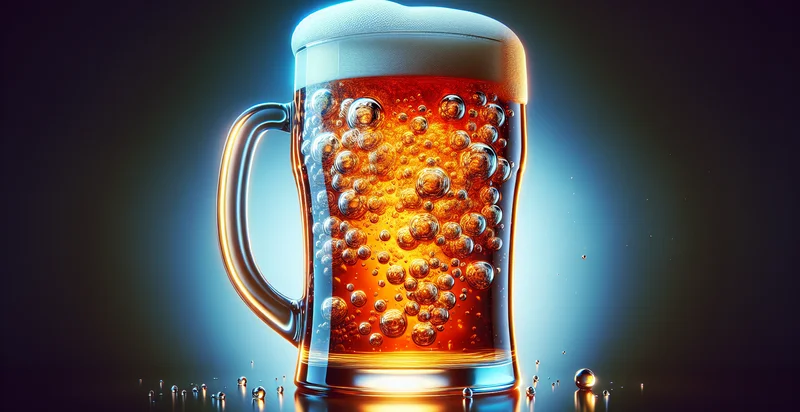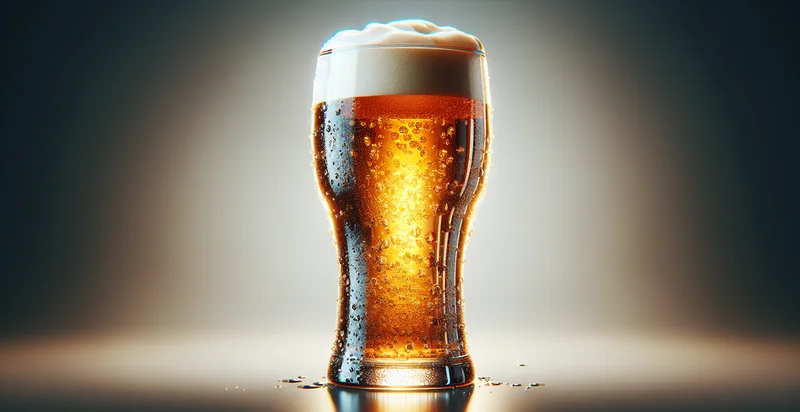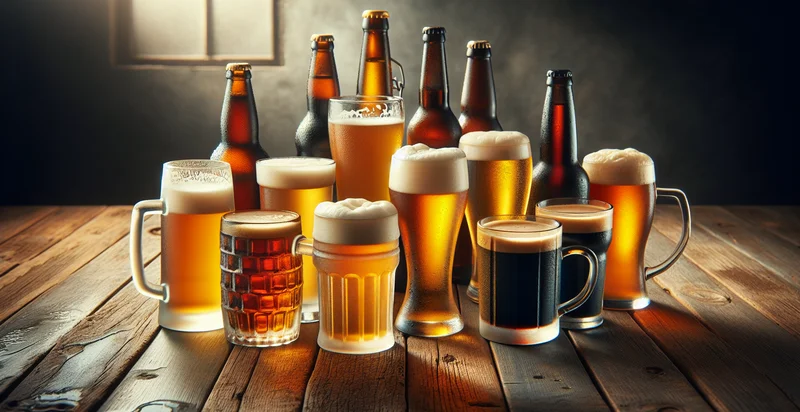Identify beer pint size
using AI
Below is a free classifier to identify beer pint size. Just upload your image, and our AI will predict the appropriate pint size for your beer choice - in just seconds.


Contact us for API access
Or, use Nyckel to build highly-accurate custom classifiers in just minutes. No PhD required.
Get started
import nyckel
credentials = nyckel.Credentials("YOUR_CLIENT_ID", "YOUR_CLIENT_SECRET")
nyckel.invoke("beer-pint-size", "your_image_url", credentials)
fetch('https://www.nyckel.com/v1/functions/beer-pint-size/invoke', {
method: 'POST',
headers: {
'Authorization': 'Bearer ' + 'YOUR_BEARER_TOKEN',
'Content-Type': 'application/json',
},
body: JSON.stringify(
{"data": "your_image_url"}
)
})
.then(response => response.json())
.then(data => console.log(data));
curl -X POST \
-H "Content-Type: application/json" \
-H "Authorization: Bearer YOUR_BEARER_TOKEN" \
-d '{"data": "your_image_url"}' \
https://www.nyckel.com/v1/functions/beer-pint-size/invoke
How this classifier works
To start, upload your image. Our AI tool will then predict the appropriate pint size for your beer choice.
This pretrained image model uses a Nyckel-created dataset and has 7 labels, including 12Oz, 16Oz, 20Oz, 24Oz, 32Oz, 40Oz and 8Oz.
We'll also show a confidence score (the higher the number, the more confident the AI model is around the appropriate pint size for your beer choice).
Whether you're just curious or building beer pint size detection into your application, we hope our classifier proves helpful.
Related Classifiers
Need to identify beer pint size at scale?
Get API or Zapier access to this classifier for free. It's perfect for:
- Inventory Management: The 'beer pint size' identifier can be utilized in inventory management systems to track the quantity of different beer sizes stocked in bars and restaurants. By automatically categorizing beer based on pint size, managers can ensure that they maintain optimal stock levels and reduce waste. This enhances operational efficiency and supports better purchasing decisions.
- Quality Control in Brewing: Breweries can implement the beer pint size identifier to ensure that the correct serving sizes are being produced and packaged. By checking for compliance with pint size standards during the production process, they can maintain product consistency and meet customer expectations. This can lead to improved customer satisfaction and loyalty.
- Automated Ordering System: Restaurants and bars can leverage the identifier in an automated ordering system that suggests reorders based on the size of beer consumed. By analyzing sales data in real-time, the system can recommend ordering sufficient quantities of different pint sizes, ensuring that popular items are always available. This can streamline operations and increase service speed.
- Customer Analytics and Personalization: By using the beer pint size identifier, businesses can gather data on customer preferences regarding beer sizes. This information can be utilized to create personalized marketing campaigns, promotions, or menu suggestions tailored to individual customers. Understanding customer behavior can lead to increased sales and improved customer experience.
- Compliance and Regulation Monitoring: The identification of beer pint sizes can aid establishments in complying with local alcohol serving regulations. By ensuring that all served beers meet legal size requirements, businesses can avoid penalties and maintain their operating licenses. This contributes to a more responsible service environment and enhances brand reputation.
- Augmented Reality Menus: Bars and restaurants could implement AR technology that uses the beer pint size identifier to display virtual representations of beers in the correct sizes on digital menus. This innovative approach can help customers visualize their choices better and make informed purchasing decisions. It could lead to higher sales and improved customer engagement.
- Event Management and Catering: In event management, the beer pint size identifier can streamline service during large gatherings or festivals by optimizing the beer serving process. By categorizing and preparing beer based on pint sizes in advance, staff can serve attendees more efficiently, reducing queue times and improving overall event satisfaction. This can enhance reputation and encourage repeat attendance at future events.


